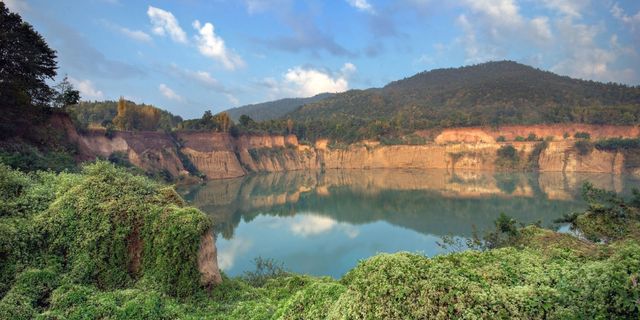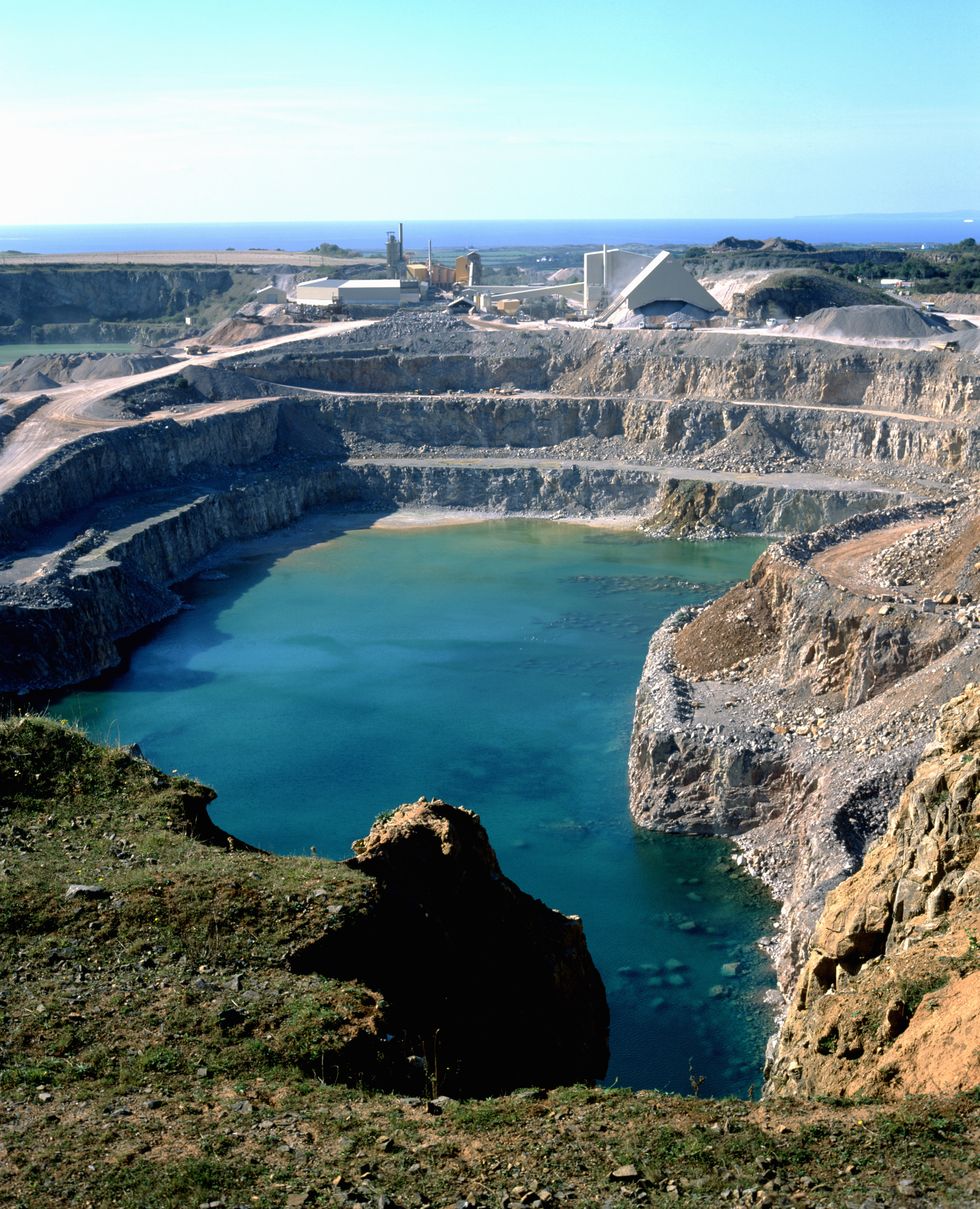Quarries—massive pits left behind when stone or other materials are extracted, that later fill with rain or groundwater—can seem like the epitome of summertime fun, but their beauty tends to mask dangerous conditions beneath the water.
Of the 500 quarries in the United States, some look obviously dangerous (abandoned mines containing leftover construction equipment and machinery, for instance) but others resemble scenic lakes surrounded by cliffs.
Between 2001 and 2013, there were 24 quarry deaths in Ohio; 19 in Pennsylvania; and 16 in California. More recently, 19-year-old Jonathan Baksh died after jumping into Martin's Creek quarry in Pennsylvania with friends.
[facebook ]https://www.facebook.com/886488541461304/photos/a.891086467668178.1073741828.886488541461304/891086471001511/?type=3&theater[/facebook]
"Jon decided he wanted to swim across the water," his mother, Sally Yabra, explained to Inside Edition. "Within five minutes they said he started to scream for help and he came up three times and then he went back down." He endured a cramp—possibly from the shockingly cold water found in quarries, and never made it back to the shore. He was the second teen to die in this quarry in 2015.
There's not one single element that makes quarries dangerous, but several. Slippery slopes, unstable rock ledges, sharp debris on the quarry floor, and strong under currents are just some of the hazards according to a Change.org petition dedicated to raising awareness of the dangers of quarries. Furthermore, quarries tend to be in secluded areas—meaning, if an accident were to occur, it would take a long time for rescue workers to reach you.
One of the greatest dangers found in these bodies of water is the sudden and extreme change in temperature that can occur, according to NBC10. Quarries don't become gradually deeper like a lake, but instead contain staggering and hard-to-see drop-offs anywhere from 40 to 60 feet. You'll find water that's anywhere from 15 to 20 degrees colder in these drop-offs. You could be swimming in warm, shallow water and enter deep, freezing territory fast.
In this quick video, you can see the dangers of cold water shock. All it takes is about five minutes for your breathing to rapidly increase, causing you to breathe in water and drown. In the same amount of time, poor circulation begins to occur, causing loss of motor skills and coordination, according to safety information from NIDirect, a government organization in Northern Ireland.
Approaching the one-year anniversary of Jonathan's death, Sally is working to spread awareness about the dangers of quarries by educating kids and sharing information on the Abandoned Quarries Awareness Facebook page.
See more quarry safety tips through Stay Out Stay Alive.
(h/t Little Things)














